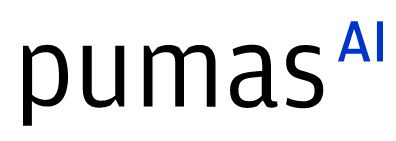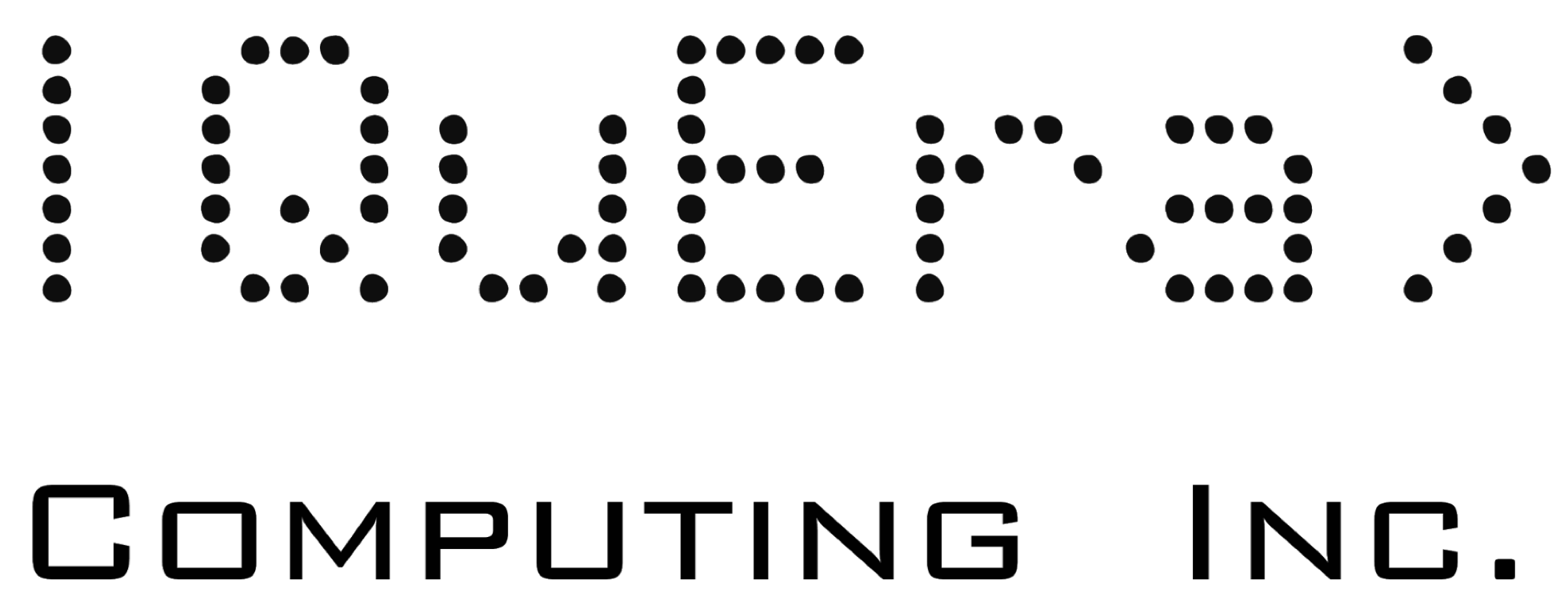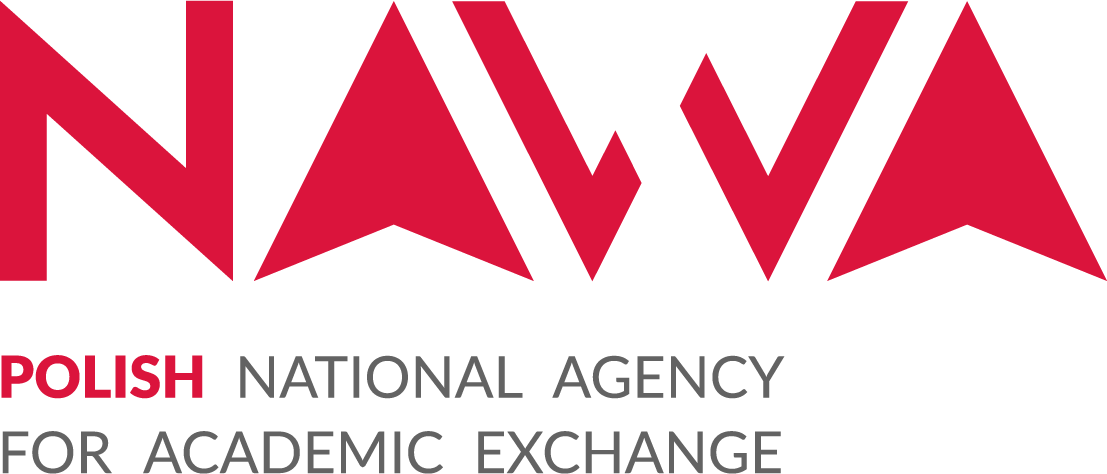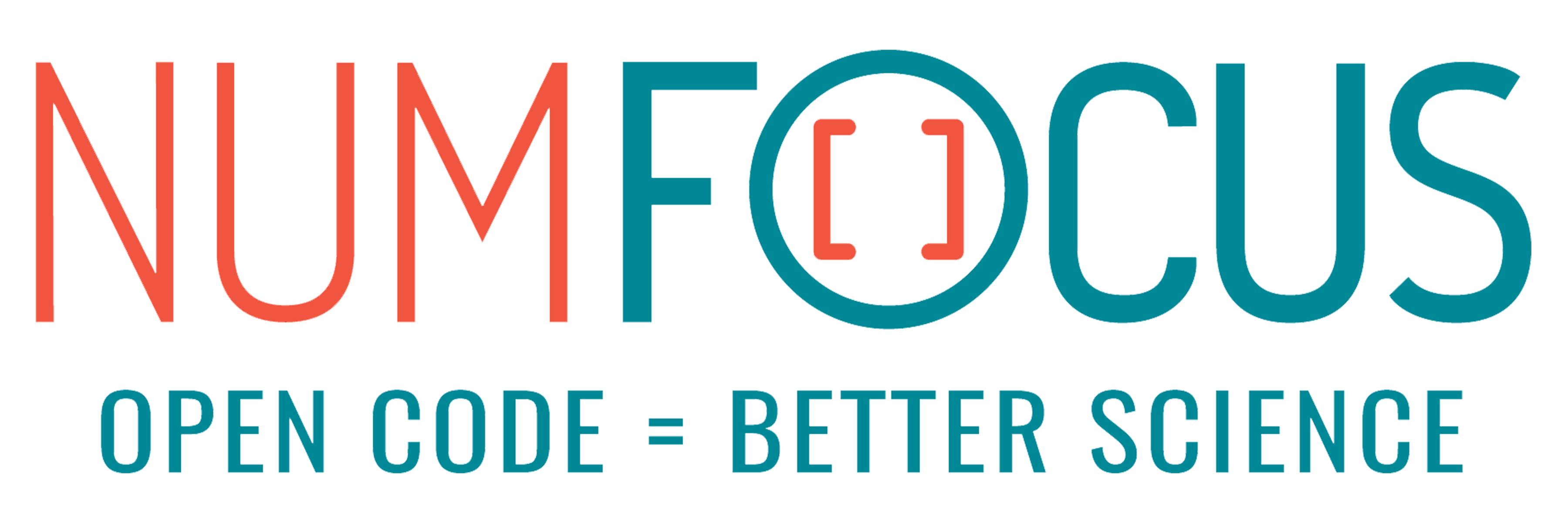Surrogatising quantum spin systems using reduced basis methods
Abstract:
Quantum spin systems are a central topic in condensed matter physics. Their simplicity enables systematic study of the quantum properties, which has notable applications in, e.g., quantum computing. With ReducedBasis.jl we provide a Julia package, which uses reduced-basis methods to accelerate the modeling of parametrised eigenvalue problems, such as typical for quantum spin Hamiltonians. The package integrates with ITensors enabling a treatment using state-of-the-art tensor network methods.
Description:
A central objective in quantum spin models is to understand the physical behaviour of the system across the parameter domain of the associated Hamiltonian. Mathematically one wishes to compute the eigenfunction corresponding to the lowest eigenvalue (the ground state) at each parameter instance. Since the Hilbert space dimension (thus the size of the Hamiltonian) scales exponentially with the size of the physical system, each ground state computation is associated with a considerable cost. In contrast to an exhaustive systematic scan over the parameter domain, ReducedBasis.jl follows a recent approach based on the reduced basis method (RBM) [1]. In this approach, a surrogate model is assembled by projecting the full problem onto a basis consisting of only a few tens of parameter snapshots, the only instances where the ground state needs to be computed. These snapshots are selected following a greedy strategy, which aims to maximally reduce the estimated error with each additional snapshot. Once the RBM surrogate has been assembled physical observables (e.g. for mapping out phase diagrams) can be computed for any parameter value with a modest complexity, notably scaling independently from the dimension of the Hilbert space.
Even though the motivating applications for ReducedBasis.jl are quantum spin systems, the package is intended to be generally applicable to parametrised eigenvalue problems with a low-dimensional parameter space. Key steps of the RBM procedure can therefore be easily customised. Most importantly this concerns details on the "ground truth" method used for obtaining the eigenstates at the selected snapshots: Currently both broadly applicable standard iterative diagonalisation methods such as LOBPCG as well as specialised tensor network methods such as the density matrix renormalisation group (DMRG) approach are supported. Both modes of operation will be illustrated in our talk, where we apply ReducedBasis.jl to both a simple parametrised eigenproblem, a chain of Rydberg atoms as well as to one-dimensional quantum spin-1 models featuring rich quantum phase diagrams. Compared to a traditional approach using only DMRG and ITensors.jl we demonstrate a manyfold speedup when DMRG calculations are complemented by ReducedBasis.jl.
This is joint work with Matteo Rizzi (Universität Köln), Benjamin Stamm (Universität Stuttgart) and Stefan Wessel (RWTH Aachen).
[1] M. F. Herbst, S. Wessel, M. Rizzi and B. Stamm. Phys. Rev. E, 105, 45303 (2022).
Platinum sponsors

Gold sponsors

Silver sponsors




Bronze sponsors



Academic partners

Local partners

Fiscal Sponsor
